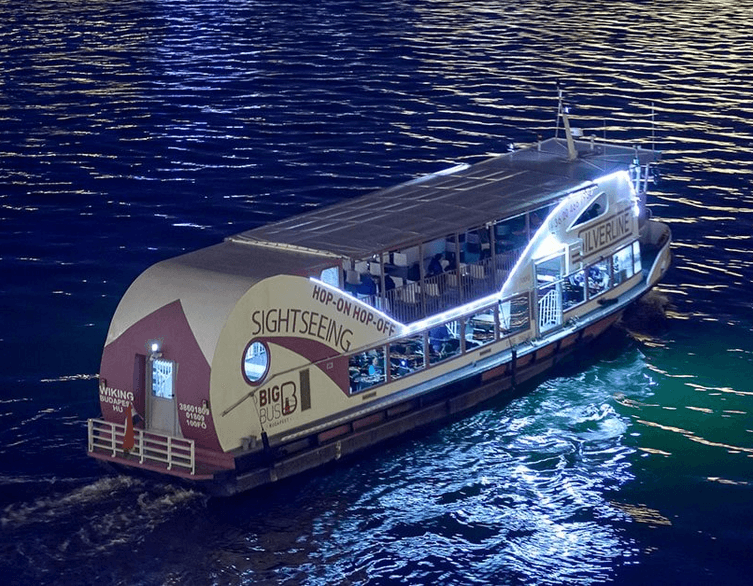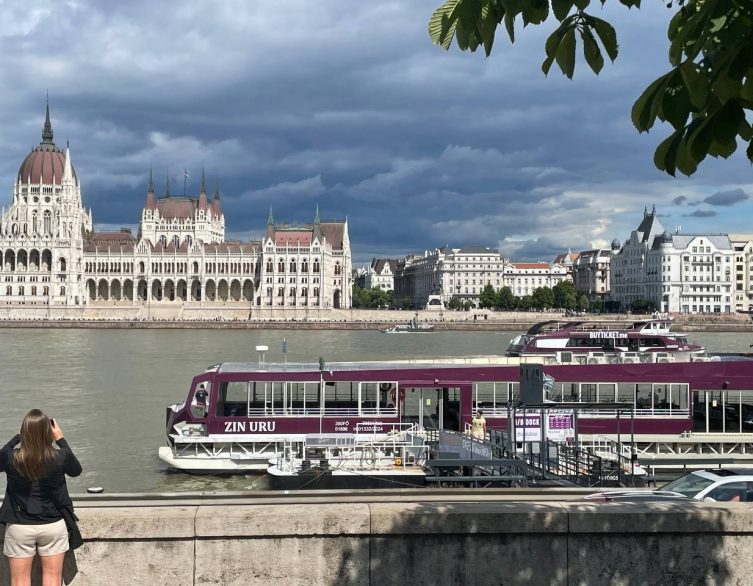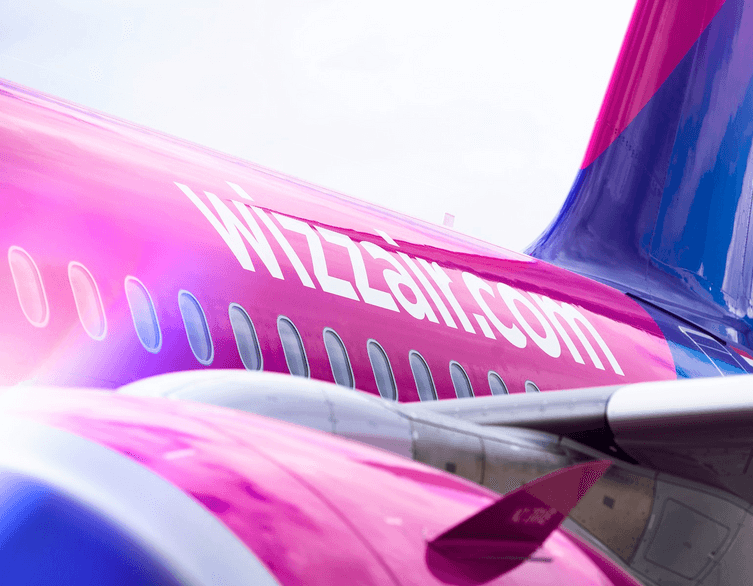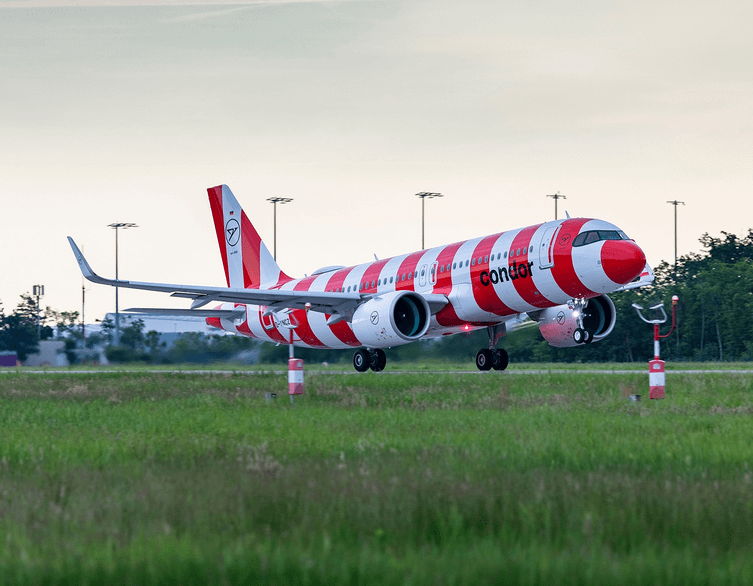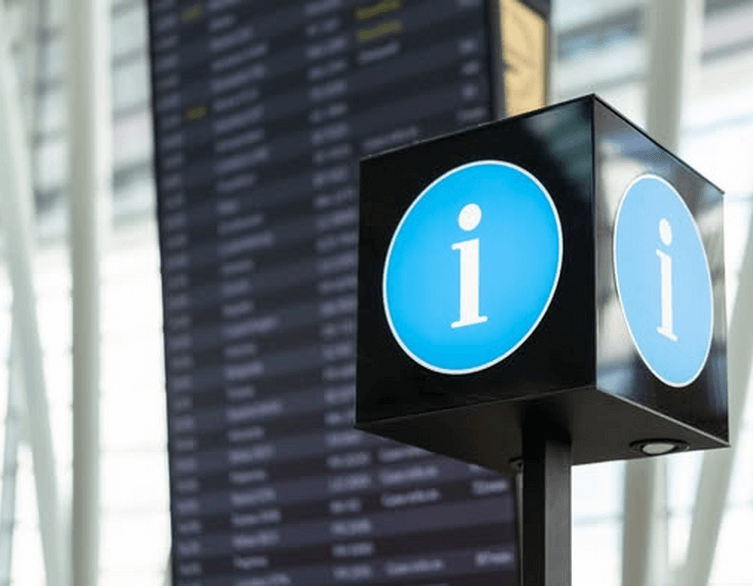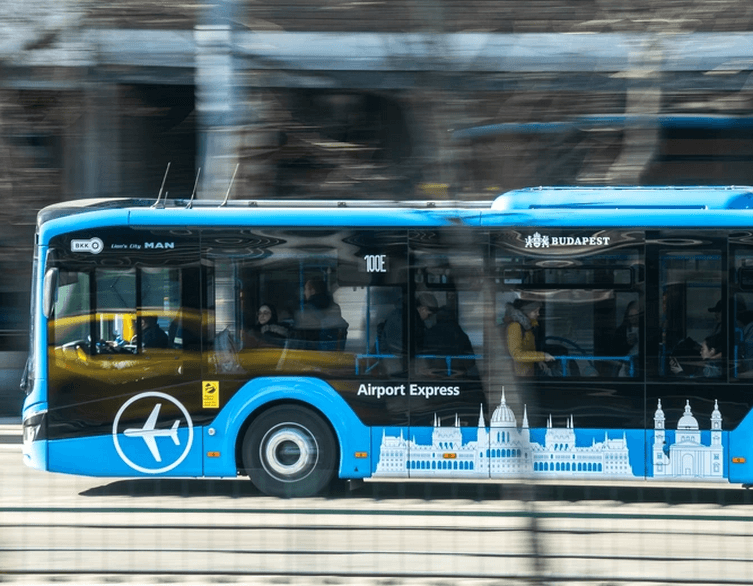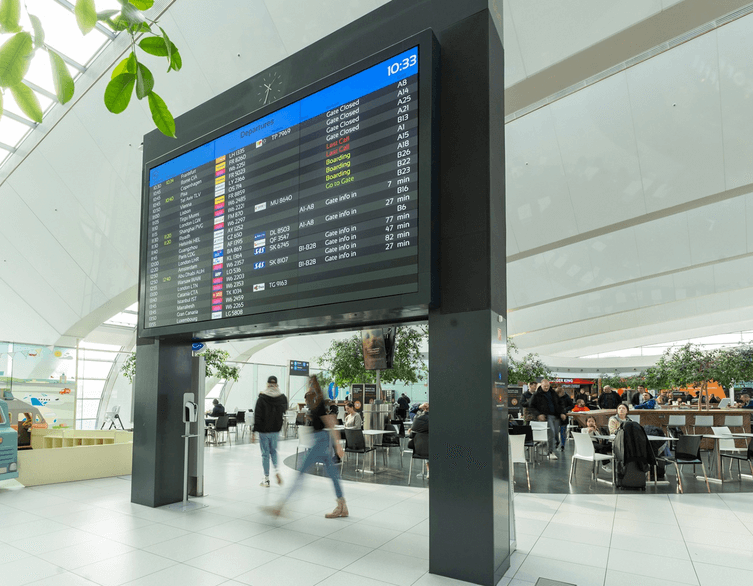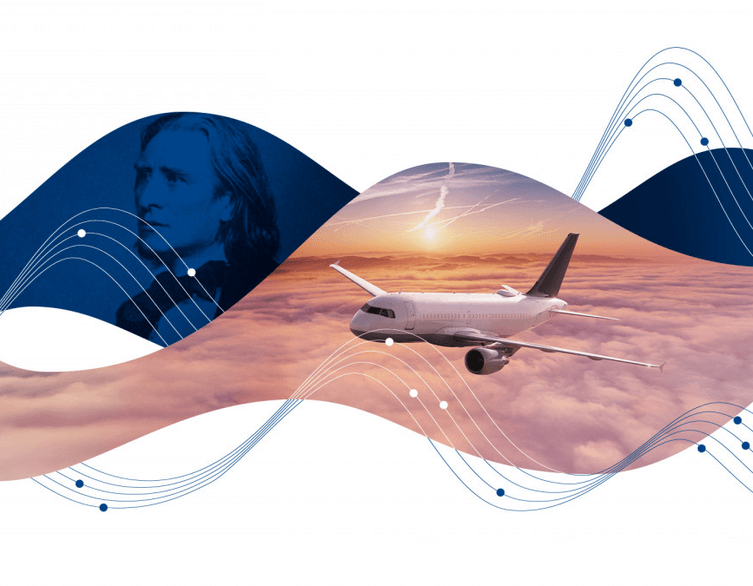Budapest Ferenc Liszt International Airport: 75 Years Connecting Hungary to the World
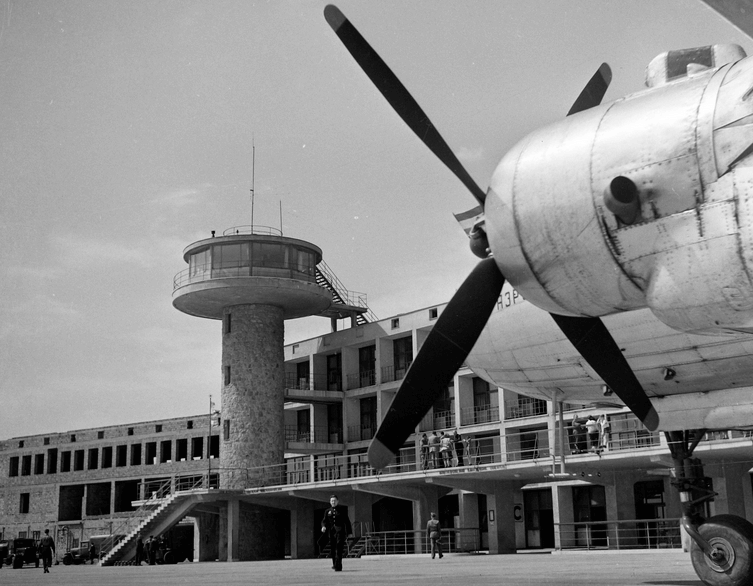
Budapest Ferenc Liszt International Airport stands as a testament to Hungary’s resilience, innovation, and cultural pride. As it celebrates its 75th anniversary in 2025, the airport invites foreign tourists not just to pass through its terminals, but to experience a living chronicle of aviation history, Hungarian heritage, and world-class hospitality.
From Vineyards to Aviation Hub: The Birth of Ferihegy
The roots of the airport stretch back to the 1700s, when the area was known as Ferihegy, named after Ferenc Mayerffy, a beloved landowner who planted vineyards on the hills between Vecsés and Rákoshegy. This local legacy gave the airport its original name and set the stage for its future as Hungary’s gateway to the skies.
In 1938, the need for a modern airport became pressing as Budapest’s original airfield, Budaörs, could no longer handle growing traffic. A public design competition led to the selection of Károly Dávid Jr., whose visionary Bauhaus-style terminal was designed to resemble an aircraft from above. Construction began in 1942, but World War II left much of the site in ruins. After the war, reconstruction began in earnest, and on May 7, 1950, Budapest Ferihegy International Airport officially opened, welcoming its first passengers with a single 1,500-meter runway and a striking terminal building.
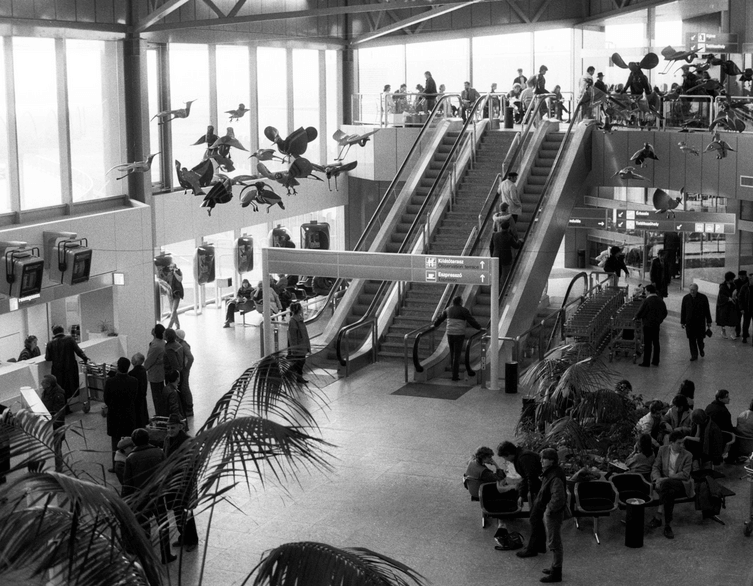
Image source: Fortepan
Decades of Growth: From Regional Airfield to International Gateway
The airport’s early years were marked by steady growth. MASZOVLET, the Hungarian-Soviet airline, launched initial flights to regional capitals. The founding of Malév Hungarian Airlines in 1954 and the arrival of Western carriers like KLM in 1957 signaled the airport’s growing international stature. By 1960, annual passenger numbers had soared to over 350,000, and the runway was extended to 3,000 meters to accommodate jet aircraft.
Best deals of Budapest
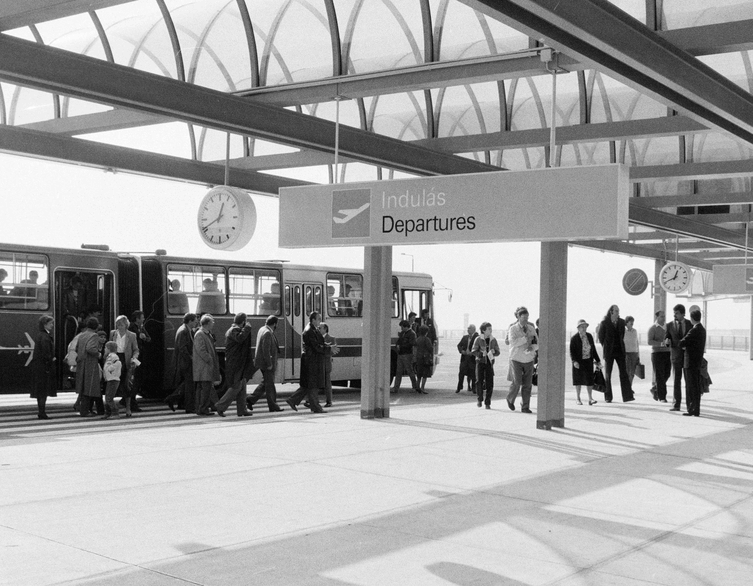
Image source: Fortepan
The 1970s and 1980s brought further expansion. A second runway and a modern control tower were built, and Terminal 2 opened in 1985, initially serving Malév and later other major international airlines. By 1990, the airport was handling 2.5 million passengers and over 40,000 takeoffs and landings annually, reflecting Hungary’s increasing integration into global air travel.
Modernization and Milestones: The Airport in the 21st Century
Privatization in the early 2000s brought a wave of investment and modernization. The SkyCourt, an architectural marvel completed in 2011, seamlessly connected Terminals 2A and 2B, creating a unified, spacious, and light-filled passenger hall that has become the airport’s iconic centerpiece. Designed by Zoltán Tima, the SkyCourt’s innovative steel roof and open-plan design have won multiple international awards, including the British-Hungarian Tierney Clark Prize and a European Steel Award.
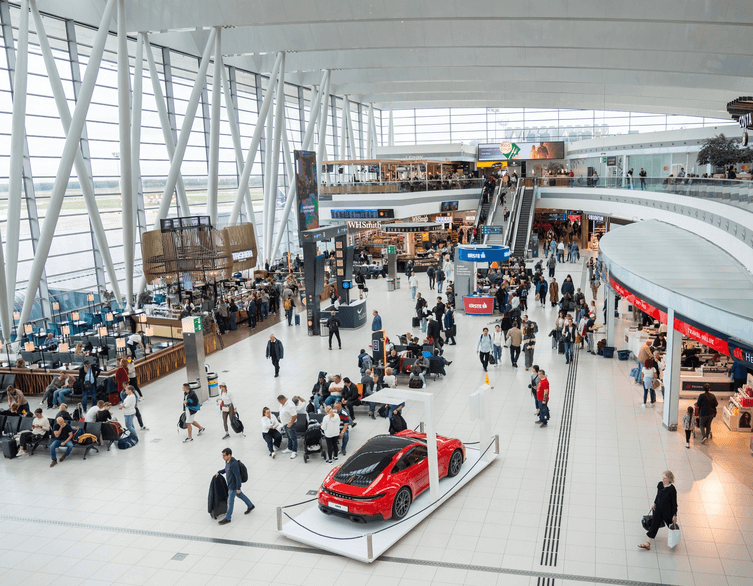
Image source: Fortepan
The airport’s footprint now covers 1,515 hectares-fifteen times the size of Budapest’s Margaret Island and larger than London Heathrow’s site-employing nearly 12,000 people and handling record-breaking passenger and cargo volumes. In 2024, the airport served 17.6 million passengers and handled over 200,000 tons of cargo, cementing its role as a regional leader in both passenger and freight operations.
A Hub of Culture and Innovation
In 2011, the airport was renamed to honor composer Ferenc (Franz) Liszt on the 200th anniversary of his birth, symbolizing the connection between Hungary’s cultural heritage and its openness to the world. Liszt’s legacy is celebrated throughout the airport, from a mini-statue by Mihály Kolodko in Terminal 2A to regular musical performances and art installations that enrich the traveler experience.
The 75th anniversary in 2025 is being marked by a year-long series of cultural events, including concerts, interactive exhibitions, and digital experiences. These festivities not only honor Liszt’s adventurous spirit and musical genius but also celebrate the 175th anniversary of his beloved composition, “Liebesträume” (Dreams of Love). Visitors can enjoy AI-powered videos that bring the airport’s storied past to life, as well as curated historical content produced in collaboration with the Aviation Cultural Center.
Passenger Experience: Comfort, Efficiency, and Accessibility
Budapest Airport consistently ranks among Europe’s best for passenger satisfaction. In both 2022 and 2024, it was voted the best airport in Europe in the 15–25 million passenger category by Airports Council International, based on direct feedback from travelers at over 400 airports worldwide. Passengers praise the airport’s efficient security screening, courteous staff, easy navigation, and modern amenities, with satisfaction scores exceeding 4 out of 5 in every quarter of 2024.
Recent upgrades include the introduction of self-service baggage drop-off, expanded security screening lanes, and the construction of new boarding piers and logistics facilities. The airport is also committed to accessibility, with services designed to assist travelers with hidden disabilities and ensure a comfortable journey for all.
Sustainability and the Future
Budapest Airport is a leader in sustainability, aiming for net zero emissions by 2035-fifteen years ahead of international targets. Initiatives include geothermal heating, 100% renewable electricity, extensive recycling programs, and over 100 electric vehicle charging points. In 2022, the airport recycled 73% of its municipal and packaging waste, more than double the average for Hungarian households.
Looking ahead, the airport is preparing for the construction of Terminal 3, a major expansion that will accommodate future growth and further enhance the passenger experience. As part of the VINCI Airports network, Budapest Airport benefits from global expertise and investment, ensuring it remains at the forefront of innovation and service quality.
A Living Gateway: Stories, Legends, and Memorable Moments
Over its 75-year history, the airport has witnessed countless memorable events, from the arrival of Yuri Gagarin, the world’s first astronaut, in 1961, to the emotional reunions and farewells that play out daily in its terminals. The airport’s transformation mirrors Hungary’s own journey-from postwar recovery to a vibrant member of the European community.
As you walk through the halls of Budapest Ferenc Liszt International Airport, you are not just stepping into a transportation hub, but into a living museum of Hungarian history, culture, and achievement. Whether you are arriving for the first time or returning to explore more, the airport’s 75th anniversary celebrations offer a unique opportunity to connect with the spirit of Hungary from the very first moment of your visit.
Conclusion
Budapest Ferenc Liszt International Airport’s remarkable journey from a war-damaged airfield to a world-class aviation hub is a story of vision, perseverance, and pride. Its ongoing commitment to innovation, sustainability, and cultural engagement ensures that every traveler’s experience is not only efficient and comfortable but also memorable and meaningful. As Hungary’s gateway to the world, the airport stands ready to welcome the next generation of global explorers, inviting you to be part of its living legacy.
Related news

















